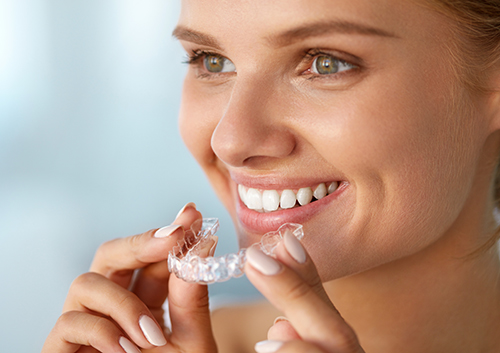What are dental sealants, who should get them, and how long do they last?
May 21st, 2019

Dental sealants are an excellent way to protect children’s teeth from tooth decay by coating them with a thin plastic material. Their teeth look and feel like normal, but they are protected from plaque build-up and decay early on. Dr. Carl Meyers and our staff recommend sealants as a preventive measure for children before any decay appears on their teeth.
Who should get dental sealants?
Dental sealants are intended for young children as soon as their first teeth come in. Decay is most common in the molars, so taking your child to Pioneer Dental for sealants right when you see the molars grow in gives your child the best chance to fight tooth decay.
A child’s first set of permanent molars grow in between ages five and seven, while the second permanent molars come in between 11 and 14 years of age. Some teens and adults who don’t have tooth decay may get sealants as well, but it is less common.
How long do dental sealants last?
Once the sealant has been placed on the teeth, it lasts up to ten years. Expect to have Dr. Carl Meyers check the sealant at every visit to our West Bend, WI office, which should be twice a year. We will look at the sealant and determine if it needs to be replaced.
What is the process of getting sealants?
Applying sealants is a simple, pain-free procedure that is done quickly at Pioneer Dental. There is absolutely no effect on the tooth structure from sealants.
For starters, the teeth are cleaned carefully, then dried with an absorbent material. A mild acid solution is applied to them to roughen them slightly. This is done so the sealant can bond properly to the teeth. Then the teeth are rinsed and dried, and the sealant material is painted on and dried with a special light.
Molars are susceptible to decay early on, which is why sealants are an important treatment to get for your children’s first set of teeth.






